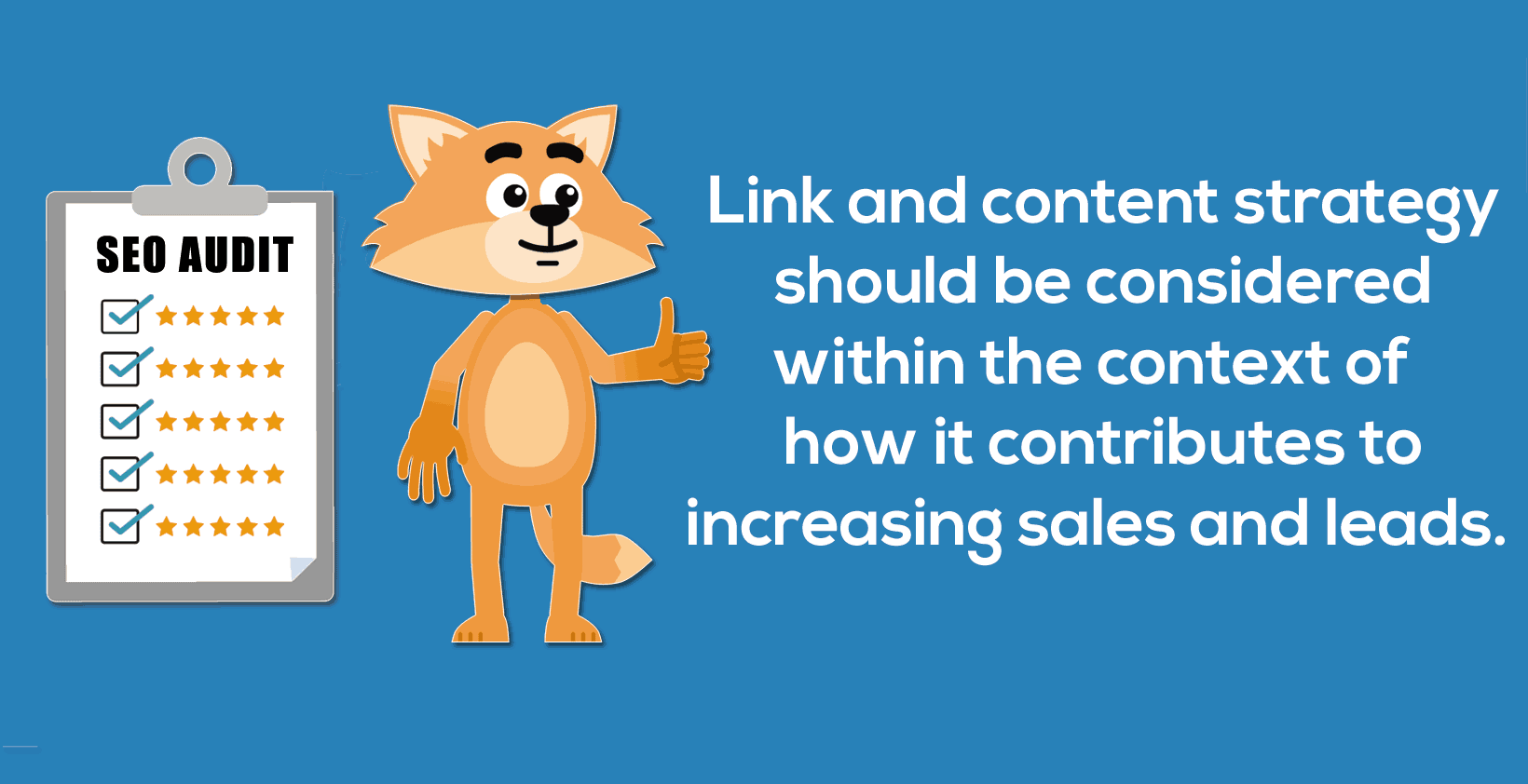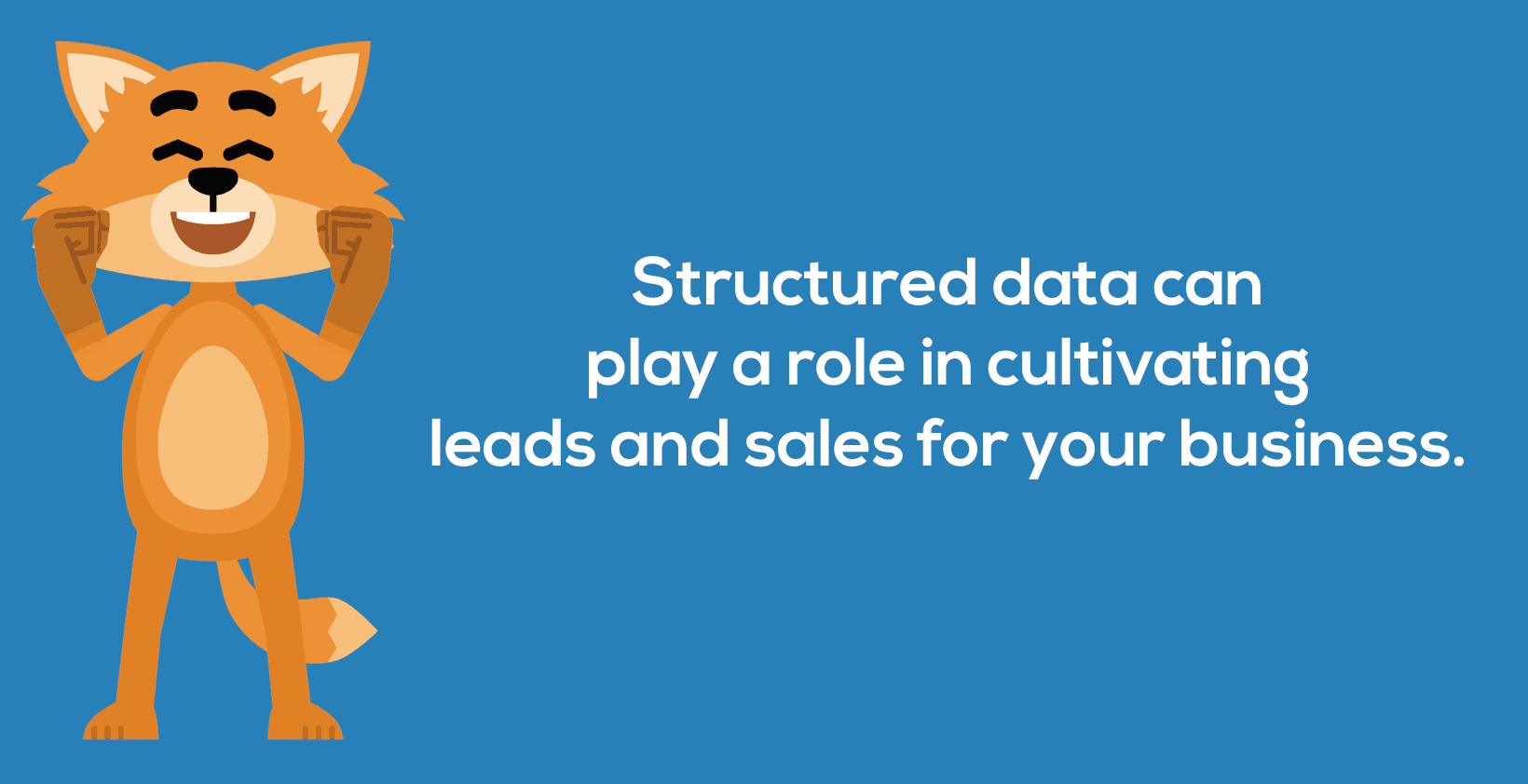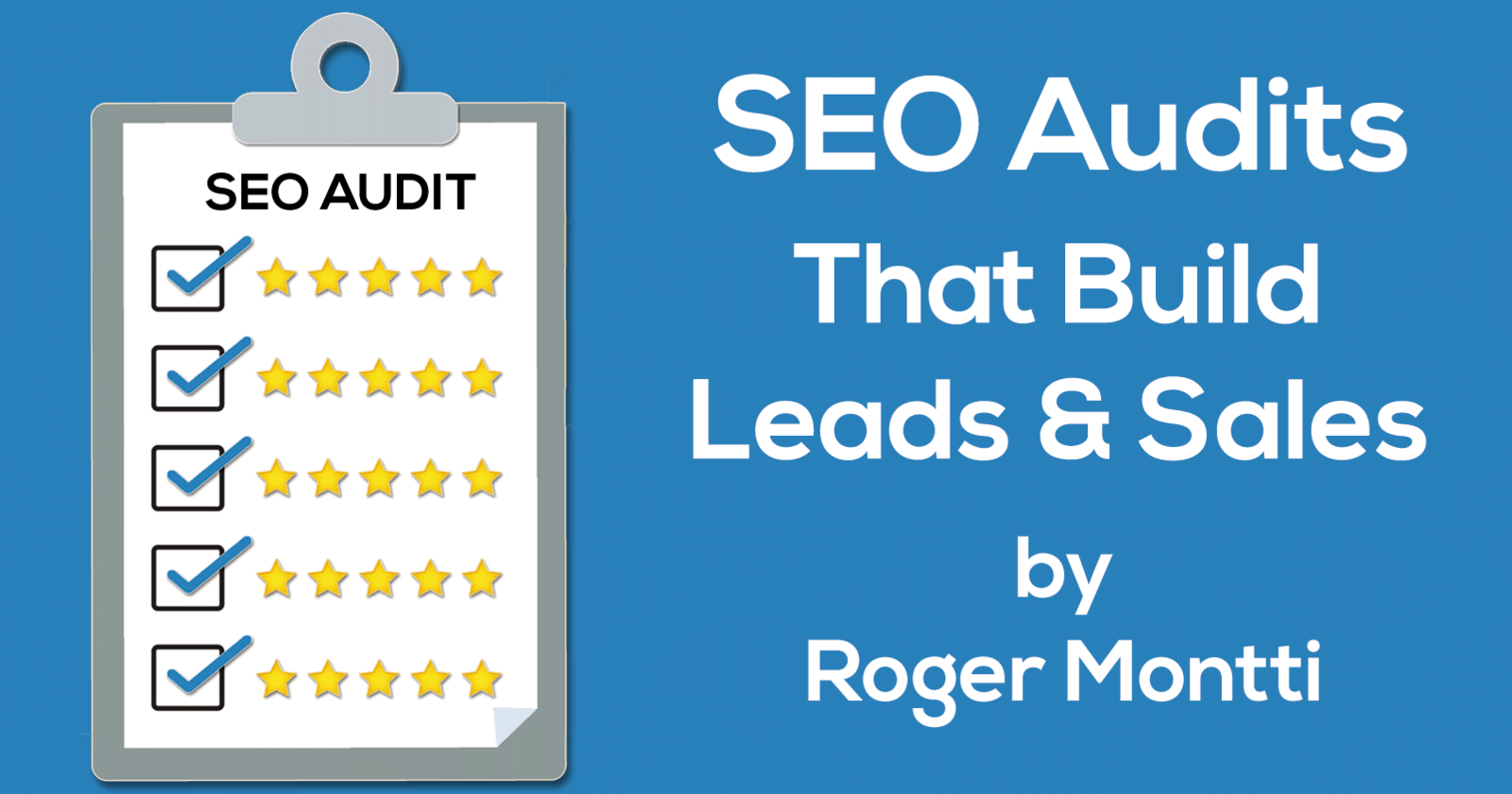A site audit should suggest why a site isn’t ranking well, then suggest what can be done to fix it.
Fixing technical SEO issues like title tags, speeding up a site, improving poor inbound links are important issues to resolve. But adding appropriate keywords to title tags and other technical SEO fixes are largely an exercise in optimizing for ranking signals, something that John Mueller has labeled “short-term thinking.”
Technical SEO is important. But a site audit can go further to help a site recover its ability to generate sales and leads.
This article focuses on examining what Google is doing when it ranks websites then applying those insights to a site audit in order to increase sales and leads.
Technical SEO Site Audit
Most SEO audits tend to focus on technical aspects of good website publication and coding.
Common areas of focus are:
- URL structure
- Analysis of redirects
- Page headings (H1)
- Title tags
These important factors are commonly referred to as technical SEO. Technical SEO helps build the foundation of a healthy site.
But technical SEO won’t necessarily help you achieve more sales and leads.

Overview of a Sales & Leads Focused Site Audit
The following is a partial listing and overview of factors that should be included in a sales and leads focused site audit. It’s intended to give an idea of the kinds of conversion related factors a complete site audit should focus on.
How to Use Keywords to Diagnose Poor Sales & Leads
Keywords are always included in a technical SEO audit. But an audit focused on sales and leads will sort them (in descending order of value) according to their:
- Usefulness for direct conversions.
- Precursor value leading to a sale.
- Awareness building value.
Here’s an example of how to use keywords to diagnose lackluster sales and leads generation.
Identify Keywords Ability to Convert
Some keywords are irrelevant to the goal of converting a site visitor to a sale or lead.
A piano mover might experience visitors from the phrase, “how much does a piano weigh.” That’s an example of what’s called a long-tail phrase. We don’t care about those.
If the page is basically about that topic, it’s not helping and the typical response is to make sure link equity is not being devoted to that page through your site-wide navigation.
There are cases when these irrelevant phrases are the result of poorly considered content tied to a content marketing effort.
For example, if a seafood restaurant publishes an article about freaky fish that subsequently becomes popular nationwide, that seafood restaurant will receive a lot of traffic for freaky fish related queries from around the nation.
But none of that traffic will be useful for building awareness of the business or stimulating more sales. This is a common reason why some sites have a lot of traffic but relatively low sales or leads.
The links that kind of content attracts will in most cases not help the rest of the site rank for important phrases like “seafood restaurant in South Carolina” or “seafood restaurant in Hilton Head.”
Insight
When the goal is sales or leads, the focus of content and content marketing should always be:
- Building awareness of product or service.
- Ranking for conversion related keywords.
Takeaway
The goal of your content marketing should never be acquiring links. Acquiring links is just a means of attaining the more appropriate goal of increasing sales and leads.
When a business focuses simply on acquiring links then the strategy process of understanding how a campaign will support the objectives of sales and leads will never happen.
Link and content strategy should be considered within the context of how it contributes to increasing sales and leads.
The goal of content and link building should consistently be reaching potential new clients. Do this and your link building and content creation effort will support your goals of year over year increases of sales and leads. Thus, the site audit should also focus on helping a business achieve this goal.

Match Keywords to Webpages
The goal for this part of the site audit is to improve the rankings of your best keywords. A site audit should ideally diagnose why sales and leads are not performing at their best, then suggest actions to improve their ranking performance and increase sales and leads.
Step 1: Identify Webpages
Match the keyword phrases to the webpages the search engines are referring them to.
Step 2: Analyze Usefulness of Webpage to Keyword Phrase
A common reason a business may experience inconsistent conversions and sales is the pages that rank for key phrases aren’t highly ranked. And the reason they aren’t optimally ranked is because there’s something wrong with the content itself.
Step 3: User Intent Analysis
Another reason a webpage may underperform has little to do with the content itself. The content may be just fine. The issue is with the user intent of the search query.
General queries can result in the top positions dominated by “advice” sites that recommend sites and products. There are ways to jump ahead of those kinds of sites by building awareness, but that’s a topic for an entire article in itself.
Step 4: Site Architecture
Site architecture is a part of technical SEO. But it’s can also play a role in how well a webpage ranks.
The ideal is to make sure your important pages are linked well from the home page or from prominent navigational elements. These are your most important pages for ranking. If your important pages that rank low are already well linked, then this is not your problem. But there are many times when improving how a webpage is linked can help.
Site Architecture Errors to Avoid
- Don’t depend on footer links to power your site architecture: Footer links can be construed by search engines to be less important than other links on the page.
- Try to avoid an overly large navigational menu: The idea is to create a hierarchical navigational structure, with top-level category sections linked first then important sub-pages (second level pages) linked two links away from the home page. Considerations of user experience should be taken into account and if it makes sense then go ahead and link important second level pages from the navigation.
- Avoid giving priority to webpages users aren’t primarily interested in: This is a common issue where pages that aren’t directly related to sales or leads are given too much prominence. About, Shipping, and similar type pages are important but they should not be given equal weight to contact, phone, sales, and product pages.
- Don’t clutter the home page with links: Clutter only serves to keep site visitors from performing the task they came to complete at your site. Whether it’s obtaining a service provider or purchasing a software program, it should be easy for site visitors to complete. Sales and lead generation goals should have a clear path from the home page to the thank you page.
Site Architecture Best Practices for Sales & Leads
- Create links to important pages from as close to the home page as possible.
- Prioritize the links that are important to users that will help them compare, learn, choose and contact.
Step 5: High-Quality Keywords in Low Places
What to do when a high-quality keyword phrase ranks low is an important puzzle to solve. The site audit must ask and answer the following two questions in order to proceed to a solution:
- Are they your best webpages for those keyword phrases?
- Can the low ranking webpages be improved?

Schema Optimization – Structured Data
Schema microdata is information that is invisible on your webpage but visible to search engines. It is generally regarded as something to enhance your search listings but it can do so much more. Structured data can play a role in cultivating leads and sales for your business.
An often overlooked purpose of Schema.org structured data is to communicate what your site is about, what service or product you provide, your business address and other information that is eventually passed along to potential site visitors when your site shows up in Google’s search results. Communicating what service your business offers as well as your geographic information contributes greatly toward cultivating sales and leads.
While it’s debatable whether Schema microdata will help you rank better, it is generally regarded as a good thing to accurately communicate the meaning of a webpage to a search engine algorithm as well as to a potential site visitor.
The heart of SEO is optimization of your webpage so that a search engine will understand it. Schema microdata is an excellent way to accomplish the goals of increasing sales and leads.
How Search Engines Work
In order to take a site audit to the next step, one must know a little something about how search engines work.
While it’s commonly repeated that the search algorithms are unknowable, that’s not entirely true. There is much that is known about search engines.
The exact recipe that makes the algorithm cannot be known. But many of the ingredients and tools used to create the final dish are well known.
So I’m going to do a quick overview of how search engines work and tie this information directly into increasing sales and leads.
How Search Algorithms Impact Rankings
There are several parts involved in displaying a search result. Search engine patents refer to them as “Engines” but they’re better known as algorithms.
When you put all the engines together they form what is known as a search engine. It’s not just one algorithm, but different kinds of algorithms working together.
Examples of engines that make up a search engine:
- Indexing Engine
- Core Ranking Engine
- Modification Engine (related to user experience and personalization)
- Presentation Engine
1. Indexing Engine
The Indexing Engine is relatively straightforward. It’s Google’s website crawler (Googlebot).
Googlebot’s mission is to discover new webpages and download them. Googlebot can download webpages in both desktop and mobile formats.
There are seemingly idiosyncratic requirements important to Googlebot, such as making sure your JavaScript and CSS files are accessible for crawling. Failure to make these assets available could result in lower rankings.
This is the kind of thing software can tell you. Now let’s look at what algorithm knowledge can help you with.
Insight: Site Architecture
A key consideration is how the information of a website is ordered. This is called the site architecture. The site organization of a website should be in a manner that makes it easy for a site visitor to accomplish the task and purpose for which happen to find themselves at your site.
Thus, when creating a webpage and the site architecture, try thinking in terms of the tasks a site visitor will be trying to accomplish. Common tasks include:
- A commercial purchase.
- Product research.
- Informational research.
- News.
- Entertainment.
- Self-improvement.
Whatever task the user is there to accomplish, it is imperative for the website to be organized in a manner that makes it easy to accomplish that task. Identifying a site’s ability to quickly satisfy users is a key element of Google’s Quality Rater’s Guidelines (Read 5 Strategies Unlocked From Google’s Quality Rating Guidelines ).
Takeaway: Site Architecture
An e-commerce website must anticipate the concerns of a seller, such as what the product is made of, the location of manufacture, or how a product compares to other products, among other things. This is the kind of information that a site visitor is looking for.
Making it easy for a visitor to find this information helps the user and it helps the e-commerce site because the indexing agent (Googlebot/Bingbot) can also find this information and associate it with the webpage. This is important because Google ranks sites according to their user’s intent when they type a search query. If the search query is commercial in nature, users will tend to expect a commercial site in the top ranked sites and Google will try to satisfy that user intent.
Contrary to popular belief, the search results are not ordered according to which sites have the best ranking signals in order. It’s all about what the user means when they make a query. Thus, if users expect to see a commercial site in the search results it’s important to communicate the site’s commercial nature to the search engines.
This is an illustration of how a competent site organization that optimizes itself for efficient use by a human visitor will be organized in a manner that makes it easy for a search engine to make sense of a webpage and the entire site.
Takeaway: Semantic Page Structure
Your SEO software of choice will give you an overview of your site architecture. But if you want to see how a search crawler may interpret the semantic page structure of a single webpage enter the URL into the W3C Markup Validation Service. Under the More Options section tick the box labeled Show Outline and when you run the tool it will show you the semantic organization of your heading tags.
Insight
While heading tags are not the important ranking factor they were in the past, it’s my opinion that a meaningful use of them will help a search engine understand what the webpage is about.
2. Core Ranking Algorithm
Most people associate the Ranking Engine with ranking factors. However there is a lot more than ranking factors going on in the core ranking algorithm.
For example, we currently know that the Penguin algorithm, which processes links, is a part of the core ranking algorithm. What isn’t well known is if there are any ranking factors associated with the Penguin algorithm (Read: What is Google’s Penguin Algorithm, Really?)
Takeaway: Ranking Factors
The existence of the Penguin algorithm as part of Google’s Core Algorithm alters the widely held belief that the core ranking algorithm is a collection of 200+ ranking factors. Inbound links are an important ranking factor.
Understanding how Google’s Penguin Algorithm may count or not count a link is an essential ingredient of an SEO website audit. Which is why I encourage you to read my article (linked above) about the Penguin Algorithm because it may help your SEO site audit avoid making hasty and possibly incorrect conclusions about inbound links.
Matt Cutts (formerly a search engineer at Google) described some of the ranking factors as “relevance, topicality, reputation, value-add.”
You can’t press a button on a site audit software and receive feedback on your site’s “reputation” or “value-add.” Yet it’s a ranking factor, a signal that Google looks for.
A leads and sales-focused site audit will take a factor like reputation or value-add into consideration.
3. Modification Engine
As seen above, the results seen in a search engine are focused in order of what users expect to see and what will satisfy those user expectations. Sometimes the ranking algorithms can’t solve that problem, for a variety of reasons. There are algorithms outside of the core algorithm that are responsible for the final results. This is seen in what is known as the Modification Engine.
Ever view a competitor’s rankings and been unable to explain it? Some sites seemingly have poor inbound links, poor on page content and so on. The reason they are ranking there (despite poor ranking signals) is sometimes because of factors outside of the core ranking algorithms. Typical reasons are topicality, freshness, user expectation, geography and so on.
If you look at it with the 200+ Ranking Factors goggles on then certain top-ranked position will not make sense. But if you remove those goggles you will be better able to understand there are other factors outside of the core ranking algorithm that influence ranking positions. Once you do that then you will be better able to accurately diagnose why a competitor is ranking then take the appropriate steps to improve your rankings.
This is one of the most important parts of Google’s algorithm and also one of the least discussed.
The Modification Engine is where a search engine user’s geography, time of day, and other factors such as user experience is taken into consideration resulting in a new set of rankings that are different from what the core ranking algorithm calculated.
The modification engine makes it so that a site that does not rank well in the core ranking algorithm can still rank in the top 10 of the search engines if it’s what search users expect and desire.
Takeaway: Satisfaction is a Key to Rankings
You can see this effect in the personal injury lawyer niche. If you type the phrase, Personal Injury Lawyer + (Name of Town), you will see two different kinds of results, both with the Local Search “Three Pack” at the top of the page.
The first kind of search result typically features a lawyer recommendation website. There can be anywhere from one to three of these kinds of sites.
The second kind of result features one (or more) law firm in position one (beneath the “three-pack”) followed by one or more lawyer recommendation websites. This is a problem that vexes service providers and product providers alike.
There’s a logical data-driven reason why Google does this and there is a way around it, to overtake those company recommendation sites. The answer and the solution are related to user satisfaction.
Two Kinds of Personal Injury Search Results
- Results with a Lawyer Recommendation Sites Ranked at Top
- Results with a Law Firm Ranked at the Top
Some of the above happens in the core ranking algorithm, but a great deal of it may happen in the modification engine.
The purpose of the modification engine is to make the search results conform to what will solve the most popular problems users are trying to solve when they make certain search queries.
How to Improve Search Rankings
Have you had your site audited and rankings remain unchanged? Knowing how search algorithms work is an important part of conducting a successful site audit.
A technical SEO audit that focuses on keywords and title tags will only take you so far.
It’s important to step back from the website and take a look at why Google is ranking certain sites, this is the bigger picture that informs a site audit that’s dedicated to improving sales and leads, not just rankings.
Once that’s understood, important strategic insights will be found that can help a site recover their rankings.
More SEO Audit Resources Here:
- How to Perform an In-Depth Technical SEO Audit
- The Ultimate SEO Audit Checklist
- Best Practices for 2017 SEO Audits
Image Credits
Featured Image: LOVE YOU/Shutterstock.com
In-post Photos:paper_Owl/Shutterstock.com
All images altered by Roger Montti, October 2017.




